SFMOMA is to dedicate a solo exhibition to Argentinean-born architect Hernán Díaz Alonso and his Los Angeles–based studio Xefirotarch. Influenced by cinema, science fiction, and contemporary art, the studio’s biomorphic designs meld the organic and the supernatural.
The exhibition includes design maquettes, architectural models, digital animations, and Sangre (Spanish for blood), a specially created undulating fiberglass installation that will fill an entire gallery. Coated with factory-issue Ferrari Red paint, Sangre suggests both the sleekness of a manufactured object and the biomorphic oddity of an alien creature. It will incorporate into its structure a selection of models and design maquettes from Xefirotarch’s projects, including Busan Master Plan and Concert Hall, Landmark Tower/U2 Studio Project, Cell Concept: Earphones and Display System, and Sur.
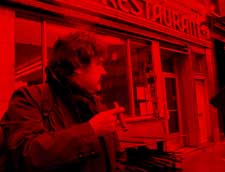
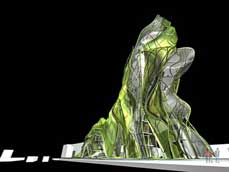
Xefirotarch’s Tower project in Dublin is a glass-enclosed building that houses commercial and residential spaces inside an animal-like form that Díaz Alonso has described as Arach (Gaelic for dragon). The proposal included a space for the band U2’s sound studio on the upper interior levels, and a series of pedestrian lobbies to create dynamic continuum with the outside.
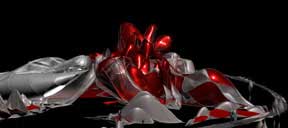
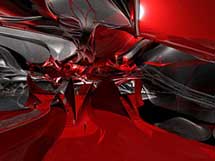 Busan Master Plan and Concert Hall (2003–04), a proposal for the redesign of the Gwangalli Waterfront in Busan, South Korea, gave the studio the opportunity to further utilize Xefirotarch’s so-called “cellular aggregation,” meaning the finished design is generated through incremental multiplication and variation of a single form.
Busan Master Plan and Concert Hall (2003–04), a proposal for the redesign of the Gwangalli Waterfront in Busan, South Korea, gave the studio the opportunity to further utilize Xefirotarch’s so-called “cellular aggregation,” meaning the finished design is generated through incremental multiplication and variation of a single form.
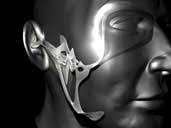
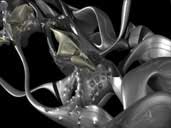
Xefirotarch’s Cell Concept: Earphones and Display System, (2005–06) envisions a set of earphones as well as a retail storage and display system. The cell phone accessory, a flexible silicone membrane that the studio describes as a “technological prosthetic,” sprouts from the ear and wraps around the jawline. When not in use, it folds into the cell phone and the entire unit is enveloped in a translucent polyurethane pouch. The design for store display would be a network of wired, programmable cells attach to one another with Velcro-like bristles. The cells function both individually (as shelves and recharging units) and collectively (as a system of walls and structures that may be customized to fit the specific needs of each space).
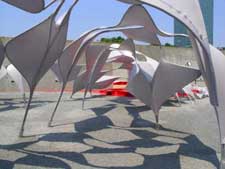
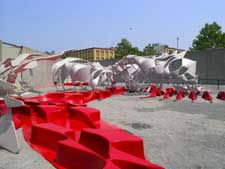 Sur (2005), Xefirotarch’s winning entry in the MoMA/P.S.1 Young Architects Program, was installed in P.S.1’s courtyard for its summer music series. Beneath a canopy of leaflike forms made from fabric sheathing and aluminum tubes, visitors lounged on fiberglass benches and platforms coated in race-car red (images: 1 and 2)
Sur (2005), Xefirotarch’s winning entry in the MoMA/P.S.1 Young Architects Program, was installed in P.S.1’s courtyard for its summer music series. Beneath a canopy of leaflike forms made from fabric sheathing and aluminum tubes, visitors lounged on fiberglass benches and platforms coated in race-car red (images: 1 and 2)
Xefirotarch/design series 4. From March 31 through September 17, 2006, the San Francisco Museum of Modern Art.
Portrait of the architect found in archinect interviewed Alonso last Spring.
Via dexigner. Images.
